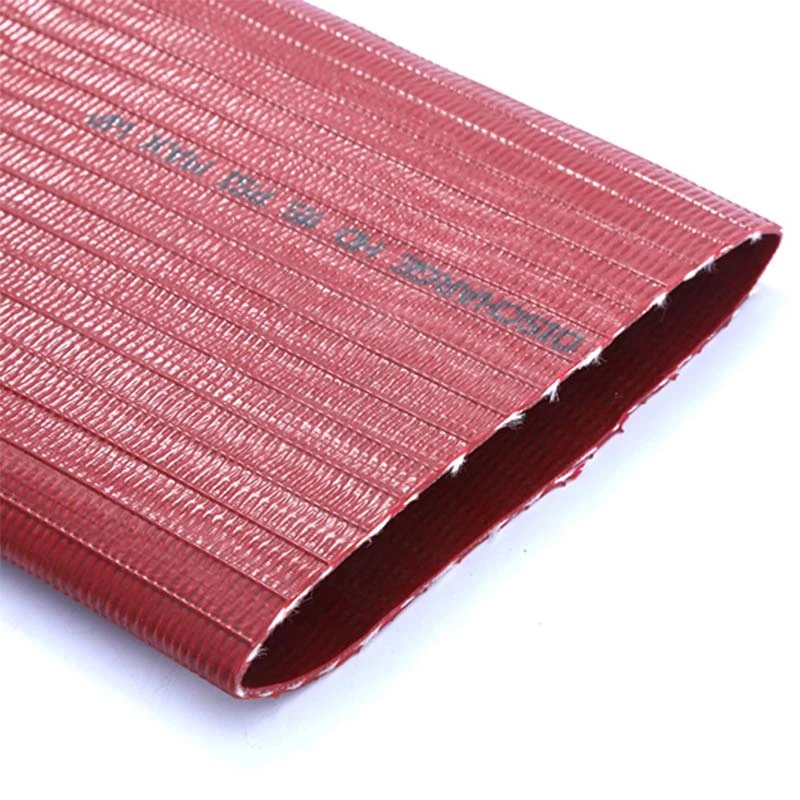High-Quality CPVC Plastic Pipes for Reliable Plumbing Solutions
Understanding CPVC Plastic Pipe Applications and Benefits
Chlorinated Polyvinyl Chloride (CPVC) is a thermoplastic often used in the plumbing and construction industries, recognized for its unique properties that make it suitable for a variety of applications. CPVC pipes are a popular choice for both residential and commercial plumbing due to their excellent resistance to heat and corrosion, making them a reliable option for transporting hot and cold water.
One of the key advantages of CPVC plastic pipe is its ability to withstand high temperatures. This characteristic makes CPVC ideal for hot water distribution systems in both industrial and residential settings. Unlike traditional PVC pipes, which can warp or become brittle at elevated temperatures, CPVC maintains its integrity and performance, ensuring a long lifespan in high-temperature environments.
Understanding CPVC Plastic Pipe Applications and Benefits
Another significant benefit of CPVC plastic pipes is their lightweight nature. Compared to metal pipes, CPVC is considerably lighter, which simplifies installation and reduces shipping costs. The ease of handling and installation can save time and labor during construction projects, making CPVC a cost-effective solution for contractors and builders.
cpvc plastic pipe

CPVC pipes also offer superior flow characteristics due to their smooth interior surfaces. This smoothness reduces friction losses and allows for better fluid flow, which is essential in both plumbing and industrial applications. As a result, systems designed with CPVC can operate more efficiently, which can contribute to lower energy costs over time.
Furthermore, CPVC is resistant to biofilm growth, which is a significant concern in water distribution systems. This resistance minimizes the risk of contamination and ensures that the water delivered through CPVC pipes remains clean and safe for consumption. This health benefit makes CPVC a preferred choice for drinking water applications, particularly where water quality is a critical concern.
Environmental considerations also play a role in the growing popularity of CPVC. Many manufacturers focus on sustainability and the manufacturing processes of CPVC products have improved to reduce environmental impact. Additionally, CPVC is 100% recyclable, which contributes to its reputation as an environmentally friendly option in the plumbing industry.
However, it’s essential to note that proper installation and adherence to local building codes are crucial for maximizing the benefits of CPVC pipes. Builders and installers should always consult the manufacturer's guidelines to ensure compatibility with other materials and compliance with regulations.
In conclusion, CPVC plastic pipes have carved a niche for themselves in various applications due to their unique properties, including high-temperature resistance, chemical stability, and enhanced flow characteristics. As the demand for reliable and efficient plumbing solutions continues to grow, CPVC stands out as a top choice for both new constructions and renovation projects. Whether for residential plumbing or industrial applications, CPVC pipes offer a robust, cost-effective solutions that meet modern demands.
-
Top Quality Oxy Acetylene Hoses for Sale Fit for Welding DemandsNewsJul.28,2025
-
The Future of Pneumatic Air Tubes in IndustryNewsJul.28,2025
-
Superior and Reliable LPG Hose Pipe Solutions for Every NeedNewsJul.28,2025
-
Exceptionally Durable and Versatile Premium Braided PVC TubingNewsJul.28,2025
-
Best Adapters for Connecting Garden Hose to PVC Pipe ConnectionsNewsJul.28,2025
-
The Essential Role of LPG Hoses in Safe and Efficient Gas DistributionNewsJul.16,2025














